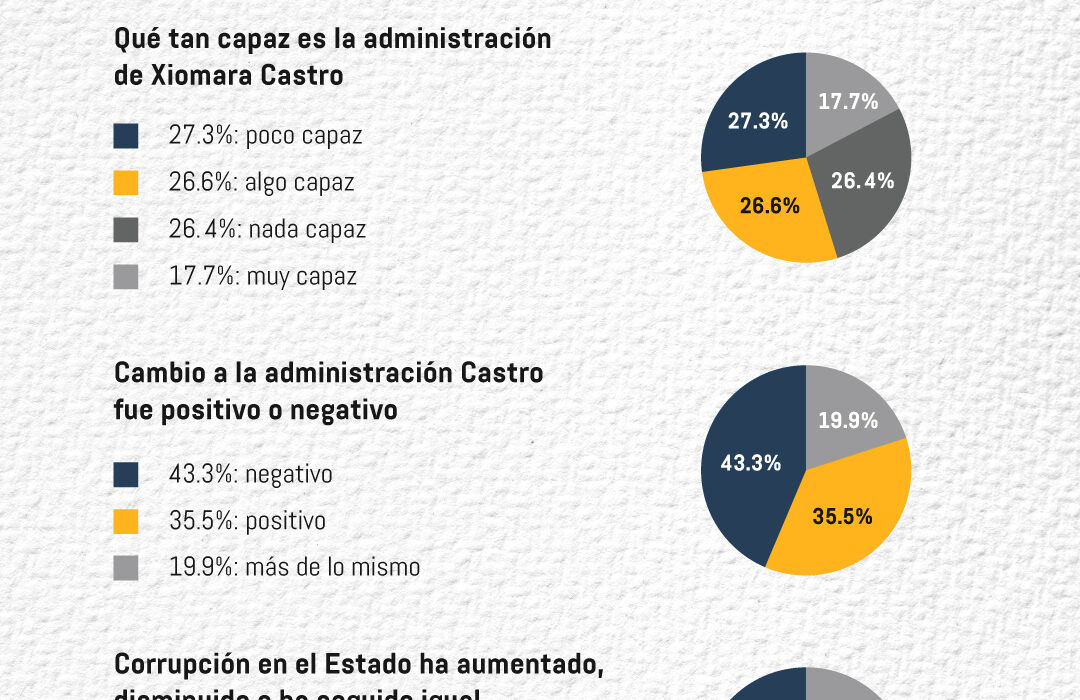As the TV ratings battle rages on, Tuesday night saw a fierce competition for viewership. While “Gran Hermano
” struggled to reach monumental numbers this year, “
La Voz Argentina
” held its ground with consistent ratings between 14 and 15 points. This demonstrates its growing popularity among a loyal audience, likely to increase as the competition enters more personalized stages.
Nico Occhiato’s music reality show experienced a slight dip from Monday’s 14.8 to 14.1 points on Tuesday but still claimed the top spot for the day. The program faced stiff competition from football, particularly the Chelsea vs. Fluminense match in the Club World Cup semifinals, which garnered impressive ratings of 10.8 and 10.7 respectively.
In a lineup dominated by entertainment offerings, Telefe noticias and Pasapalabra secured spots in the Top Five with 10.3 and 8.9 points respectively. The latter featured Martin Garabal winning big in the Rosco game and walking away with a prize of half a million pesos.
Amidst all the glitz and glamour of TV land, two gossip shows on América stole the spotlight with juicy stories about celebrities like La China Suárez, Mauro Icardi, Benjamín Vicuña, Nico Vázquez, and Gimena Accardi. These scandals fueled high ratings for programs like “
Sálvese quien pueda,
” hosted by Yanina Latorre.
Expert analysis reveals that such sensational content often drives viewer engagement and boosts ratings significantly during prime time slots.
“
The allure of celebrity gossip is undeniable—it captivates audiences and keeps them glued to their screens,
” said media analyst Maria Fernandez.
Meanwhile, over at El Trece network, Darío Barassi emerged as one of their top-rated hosts with his show garnering 4.1 points on Tuesday night.
The competitive landscape is set to shift soon as major programming changes are on the horizon across various networks.With Mario Pergolini preparing to debut his new show “
Otro día perdido,” displacing Barassi from his primetime slot starting next week.
Excitement is building within industry circles as these shifts promise fresh dynamics in an already intense television showdown.
While some shows thrive in this cutthroat environment,
others face challenges maintaining relevance or securing viewers’ attention amidst ever-evolving audience preferences.
The evolving TV landscape underscores how adaptability and innovation are crucial for sustained success in an industry constantly grappling with changing viewer habits.
In conclusion,
the world behind our screens presents a complex tapestry of talent,
strategy,
and storytelling that continues to shape our viewing experiences each night.

